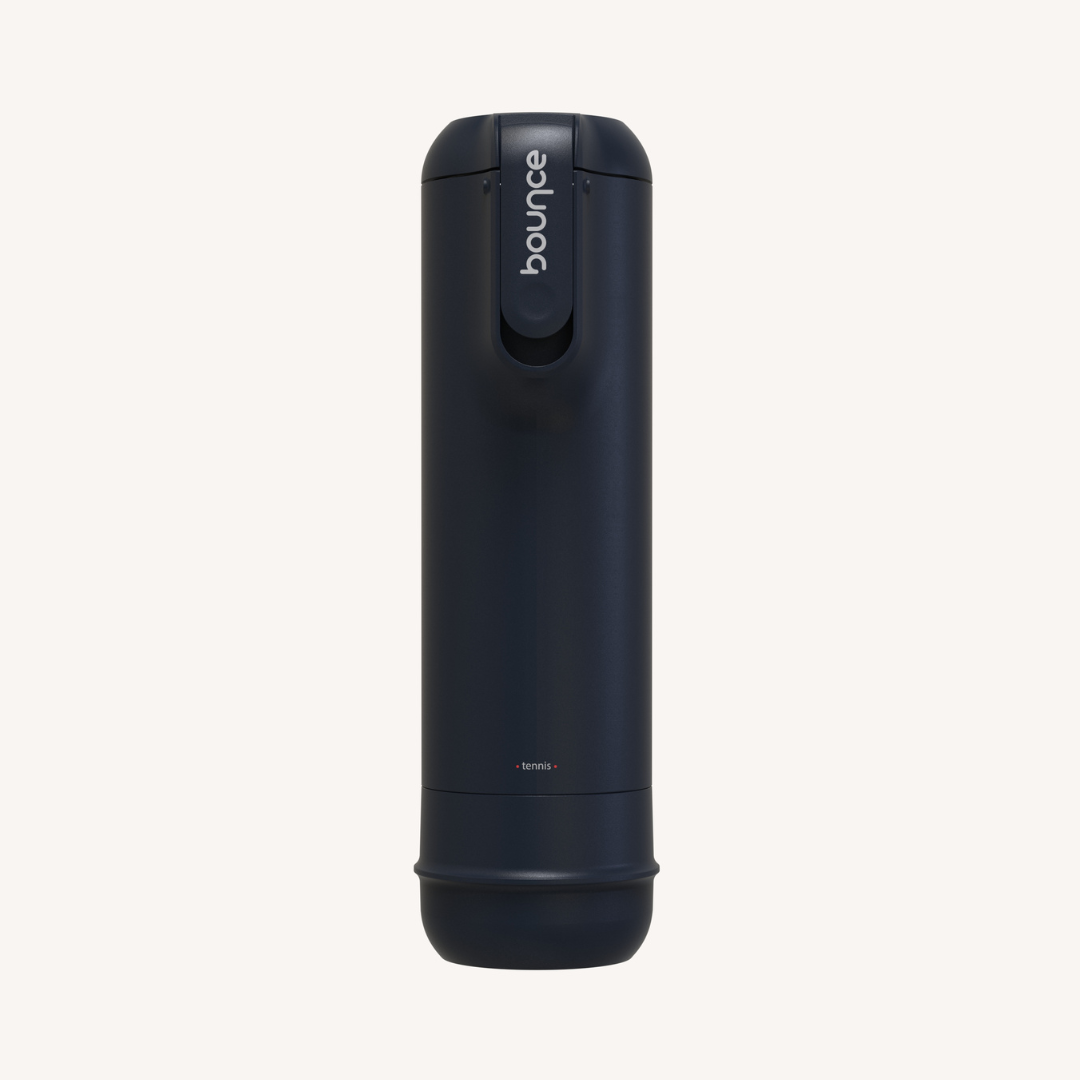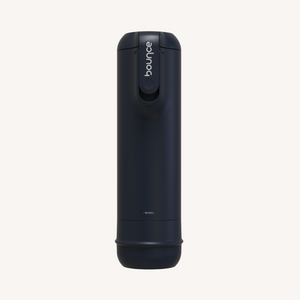If you're an tennis or padel player, you've likely noticed that over time, your balls start to lose their bounce and feel less responsive. This gradual decline can be frustrating, but have you ever wondered why it happens? In this article, we'll explore the science behind pressure loss in tennis and padel balls and examine the role of rubber in their construction.
Key Takeaways:
- Pressure plays a crucial role in the performance of tennis and padel balls.
- Rubber is a key component in the composition of these balls.
- Factors like usage, storage conditions, and temperature and humidity can all contribute to pressure loss.
- Keep tennis and padel balls under pressure is crucial for prolonging lifespan and performance.
Materials and characteristics of tennis and padel ball
Tennis and padel balls are more than just round objects used in sports; they are engineered with specific materials and design elements to achieve the desired playing characteristics. Understanding the construction of these balls can help us grasp the factors that contribute to the loss of pressure over time.
Both tennis and padel balls have a similar construction, consisting of a rubber core covered with a layer of felt material. The rubber core is typically made from synthetic rubber, with the choice of material affecting the ball's overall feel and durability. The felt cover, on the other hand, influences the ball's aerodynamics and grip on the playing surface.
The rubber is a critical component in the composition of tennis and padel balls, contributing to their resilience and pressure retention. Tennis and padel balls consist of an inflatable rubber bladder that provides the ball's bounce and buoyancy. The bladder is then covered with a layer of rubber-based adhesive to ensure it adheres to a felt cloth covering.
The rubber's elasticity allows it to absorb and then release energy upon impact, resulting in the ball's rebound. The nature of the rubber used in the ball's composition determines the level of elasticity, which directly affects its bounce and resilience. Most of the balls are made with synthetic rubber. It is designed to mimic natural rubber, is is a blend of various polymers and it offers performance consistency, high resilience and elasticity for an excellent bounce.
The Role of Pressure in Ball Performance
Pressure is a critical factor in determining the performance of tennis and padel balls. The ideal pressure level ensures that the ball bounces evenly, moves at optimal speed, and provides a suitable playing experience for the players.
When the ball's pressure is too low, it may not bounce as high as it should, limiting its speed and trajectory, and making it challenging to play correctly. The low pressure causes the ball to flatten slightly when it hits the ground, resulting in a lower bounce. This results in a slower, less predictable ball, making it more challenging for players to hit accurate shots. On the other hand, if the pressure is too high, the ball may become too hard and challenging to manage, resulting in an unsatisfying playing experience for the players.
To maintain consistent ball performance, players must pay close attention to the pressure levels of their balls. Periodic testing can ensure that the balls retain their optimal pressure level, providing a uniform playing experience for all players.
There are also balls without pressure. The pressureless ball is made of rubber, like the traditional ball, but it is not filled with pressurized gas. Therefore, it is solely the properties of the rubber that cause the ball to bounce. The bounce of this ball is lower, and the ball travels at a slower speed. These characteristics enable beginner or intermediate players to rally on a smaller tennis court without having to restrain their movements and allowing more time to set up for the shot.
Maintaining Optimal Pressure for Peak Performance
To ensure that tennis and padel balls provide optimal gameplay, players must maintain their pressure at appropriate levels. To effectively manage ball pressure, players (trainers) should keep balls dry in the Bounce Tube (Bounce Pro) in a room at ambient temperature.
"Just as a cyclist must regularly maintain their bike tire pressure, a tennis or padel player must manage their ball's pressure to ensure optimal performance and increase lifetime."
By maintaining optimal pressure levels, players can enjoy peak performance and an enjoyable playing experience.
Factors contributing to pressure loss in tennis and padel balls
As mentioned earlier, the gradual loss of pressure is an inevitable aspect of using tennis and padel balls. The pressure inside a can of new balls is equal to 28PSI (a bit less for padel) but once open, the pressure inside the tube is equal to the atmospheric pressure of 14PSI. This is the start of the problem. Balls lose pressure because they are made of rubber and it is not perfectly airtight due to its porous nature which means that they are not hermetic. As soon, as you take them out of a new can of balls (and you hear that psst), they start losing pressure because the pressure inside the ball is higher than the atmospheric pressure.


Moreover, exposure to heat, humidity, and moisture can cause the rubber to break down and become less elastic, reducing the ball's bounce and firmness. As a result, proper ball maintenance and storage under pressure are crucial to maintaining optimal pressure and ball performance. However, certain factors can accelerate this process, resulting in balls that feel flat and lack the desired bounce.
Here are some of the most common factors contributing to pressure loss:
| Factor | Description |
|---|---|
| Storage conditions | Improper storage conditions, such as not under pressure, high temperatures, direct sunlight, or exposure to moisture, can exacerbate pressure loss. |
| Usage | The number and intensity of games played can impact the pressure loss rate. Frequent use will cause balls to gradually lose pressure. |
| Natural release | All rubber materials experience natural leakage, meaning balls will lose pressure on their own over time, even when not in use. |
It's essential to recognize these factors' influence on the lifespan of tennis and padel balls. By taking the appropriate measures to minimize them, players can help extend the balls' pressure retention and overall playability.
Impact of temperature on ball pressure
Temperature plays a significant role in the pressure of tennis and padel balls. As the temperature increases, the pressure inside the balls also rises, causing them to feel harder and more bouncy. Conversely, when the temperature drops, the pressure lowers, making the balls feel softer and less lively. It's essential to consider temperature when playing tennis or padel, as the ball's behavior can change depending on the weather conditions. This is why you should not let the balls in your car or outside.
Tips to minimize temperature-related pressure loss- Keep balls in a cool, dry place, away from direct sunlight and extreme weather conditions.
- Use airtight repressurizer to store the balls, preventing air from entering.
- Avoid storing balls in damp or humid environments as it can lead to damage, affecting the ball's pressure.
Conclusion
In the dynamic world of tennis and padel, where every bounce matters, understanding the science behind ball pressure loss is key to maximizing both playtime and performance. As we've explored, the intricate construction of these balls, with rubber as a central player, highlights the delicate balance required for an optimal gaming experience.
The journey from the vibrant pressurized can to the court is a story of inevitable pressure loss, influenced by factors ranging from storage conditions and usage intensity to the inherent characteristics of porous rubber. However, armed with knowledge, players can take proactive steps to extend the vitality of their balls.
The introduction of Bounce's innovative tube (Bounce Tube) and solution for clubs (Bounce Pro), with its focus on maintaining optimal pressure levels, adds a new dimension to this narrative. It becomes a symbol of sustainability, longevity, and a commitment to peak performance. By choosing to store tennis and padel balls in the Bounce Tube or a Bounce Pro, players and trainers embrace a solution that not only defies the natural course of pressure loss but also contributes to environmental responsibility.
As we conclude, the tale of tennis and padel balls losing pressure transforms into an opportunity for players to enhance their game. By integrating proper storage practices, periodic pressure checks, and the revolutionary Bounce Tube into their routine, players can revel in the assurance that every serve and volley is backed by the optimal bounce and responsiveness.
Tennis and padel balls losing their pressure is a natural phenomenon that can't be avoided completely due to characteristics of the porous rubber. But understanding the factors that contribute to it and adopting a new routine with a repressurizer can prolong the lifespan and performance of balls.
In the end, it's not just about prolonging the lifespan of tennis and padel balls; it's about preserving the thrill of the game, one well-pressurized ball at a time.


